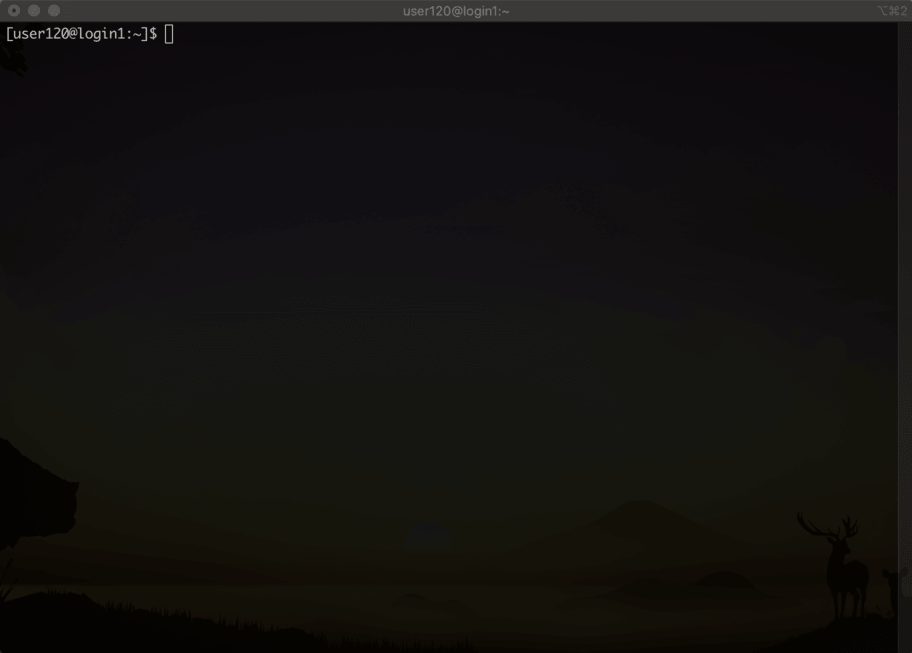Parallel programming in Chapel
June 12th
1:30pm-4:30pm Pacific Time
Chapel is a modern programming language designed for both shared and distributed memory systems, offering high-level, easy-to-use abstractions for task and data parallelism. Its intuitive syntax makes it an excellent choice for novice HPC users learning parallel programming. Chapel supports a wide range of parallel hardware – from multicore processors and multi-node clusters to GPUs – using consistent syntax and concepts across all levels of hardware parallelism.
Chapel dramatically reduces the complexity of parallel coding by combining the simplicity of Python-style programming with the performance of compiled languages like C and Fortran. Parallel operations that might require dozens of lines in MPI can often be written in just a few lines of Chapel. As an open-source language, it runs on most Unix-like operating systems and scales from laptops to large HPC systems.
This course begins with Chapel fundamentals, then focuses on data parallelism through two numerical examples: one embarrassingly parallel and one tightly coupled. We’ll also briefly explore task parallelism (a more complex topic, and not the primary focus in this course). Finally, we’ll introduce GPU programming with Chapel.
Instructor: Alex Razoumov (SFU)
Prerequisites: basic understanding of HPC at the introductory level (how to submit jobs with Slurm scheduler) and basic knowledge of the Linux command line.
Software: For the hands-on, we will use Chapel on our training cluster. To access the training cluster, you will
need a remote secure shell (SSH) client installed on your computer. On Windows we recommend
the free Home Edition of MobaXterm. On Mac and Linux computers SSH is
usually pre-installed (try typing ssh in a terminal to make sure it is there). We will provide guest accounts to all
participants. No need to install Chapel on your computer.
Part 1: basic language features
Introduction to Chapel
Basic syntax and variables
– Julia set description
Ranges and arrays
Control flow
Using command-line arguments
Measuring code performance
Writing output
Part 2: data parallelism
Intro to parallel computing
Single-locale data parallelism
Multi-locale Chapel
Domains and data parallelism
Parallel Julia set
Heat transfer solver on distributed domains
– heat transfer description
Part 3: task parallelism (briefly)
Fire-and-forget tasks
Synchronization of tasks
Task-parallelizing the heat transfer solver
Part 4: GPU computing with Chapel
Solutions
You can find the solutions here.
Links
- Chapel homepage
- What is Chapel? (HPE Developer Portal)
- LinuxCon 2023 Introducing Chapel slides (PDF)
- Getting started guide for Python programmers
- Learn X=Chapel in Y minutes
- Chapel on StackOverflow
- Watch Chapel: Productive, Multiresolution Parallel Programming talk by Brad Chamberlain
- WestGrid’s April 2019 webinar Working with distributed unstructured data in Chapel
- WestGrid’s March 2020 webinar Working with data files and external C libraries in Chapel discusses writing arrays to NetCDF and HDF5 files from Chapel
